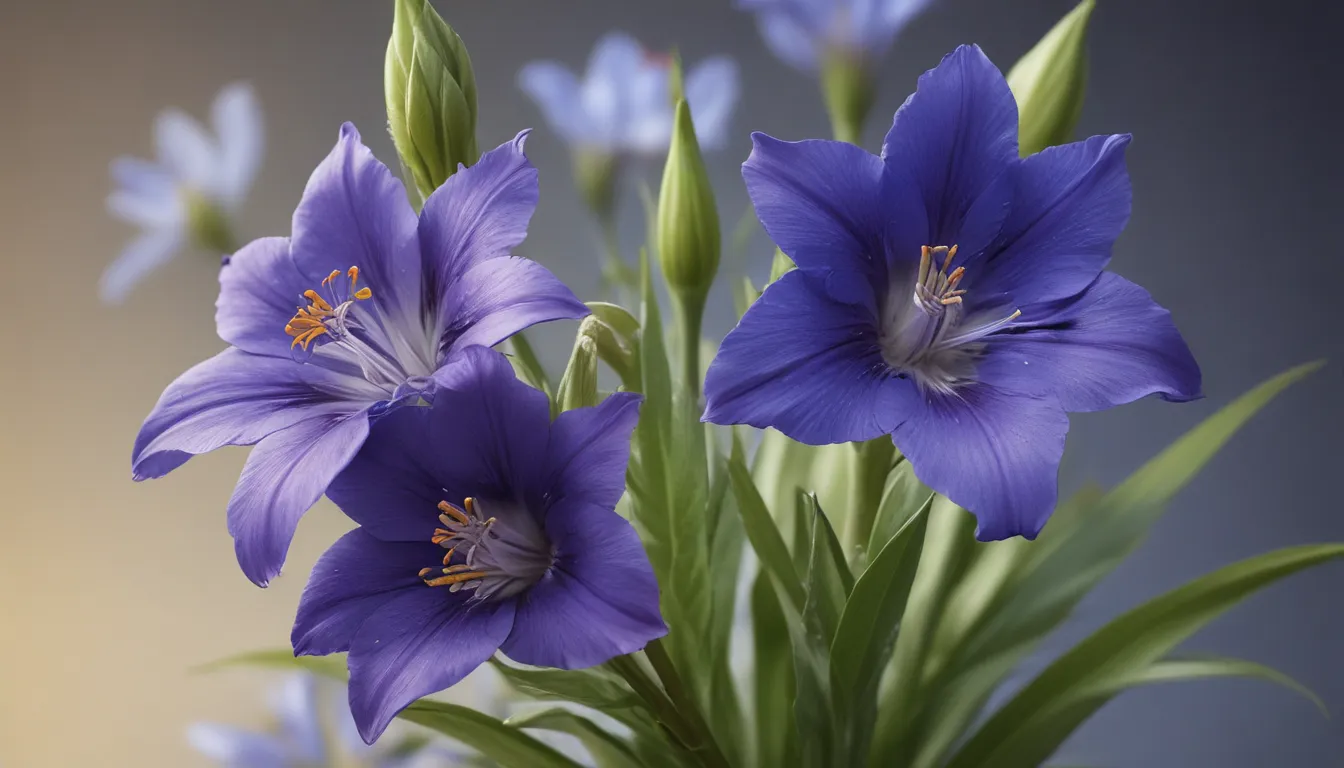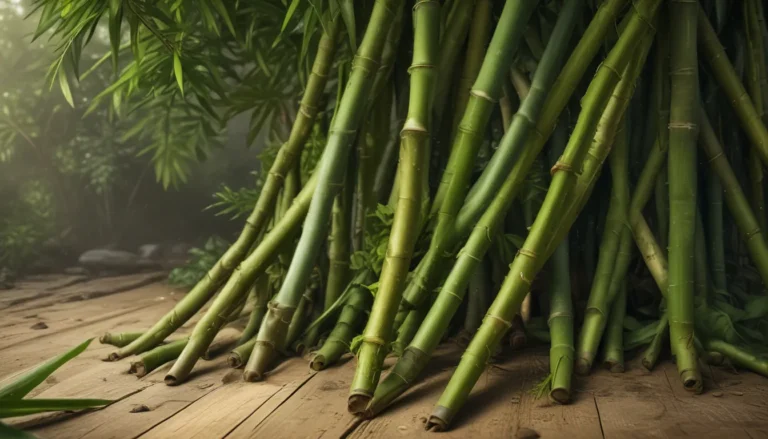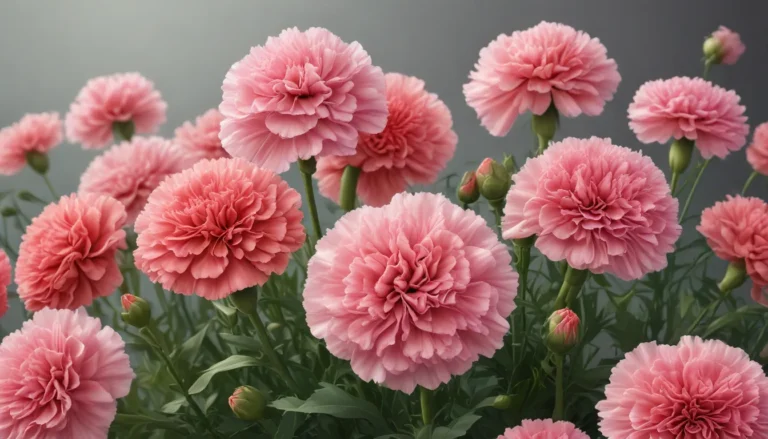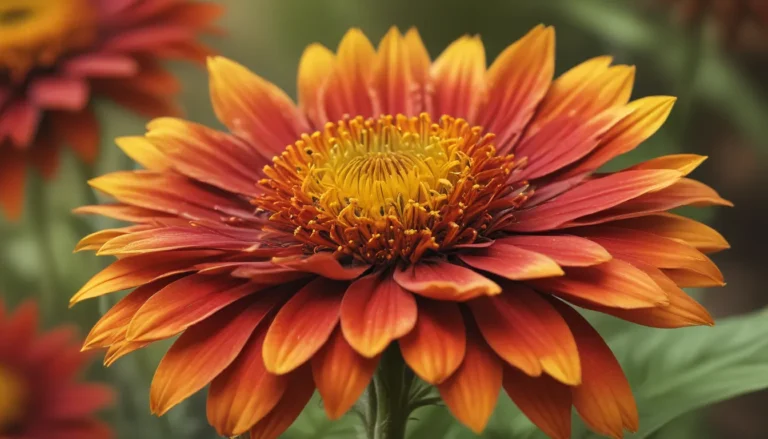The pictures we use in our articles might not show exactly what the words say. We choose these pictures to make you interested in reading more. The pictures work together with the words but don’t take their place. The words still tell you the important facts.
Gentian, with its stunning blue, purple, and yellow flowers, is more than just a beautiful addition to gardens and landscapes. This vibrant flowering plant, belonging to the Gentianaceae family, has a rich history filled with medicinal uses, cultural significance, and ecological importance. In this article, we will dive into the captivating world of gentian, exploring 13 astounding facts that will deepen your appreciation for this remarkable plant.
The Medicinal Wonder of Gentian
Gentian is renowned for its medicinal properties, making it a valuable herb in traditional medicine. For centuries, it has been used to treat digestive disorders, stimulate appetite, and improve overall digestion. The active compounds found in gentian, such as gentiopicroside, contribute to its bitter taste and therapeutic effects.
The Vibrant Blue Blooms of Gentian
One of the most striking features of the gentian plant is its vibrant blue flowers. These beautiful blooms not only add a touch of elegance to gardens but also serve as a magnet for pollinators like bees and butterflies. Gentian's flowers are a symbol of its unique beauty and allure.
A Native Gem of Europe
Gentian primarily hails from Europe, thriving in mountainous regions, alpine meadows, and rocky slopes. Its ability to adapt to harsh conditions and bloom year after year showcases its resilience and adaptability in its natural habitat.
The Bitter Taste of Gentian
The roots and leaves of the gentian plant possess an intensely bitter taste, a characteristic that sets it apart from other plants. This bitterness is attributed to its active compounds and contributes to its medicinal uses. Gentian's bitter taste is a testament to its unique flavor profile.
Gentian in the World of Aperitifs
Gentian plays a vital role in the production of aperitifs, adding a distinctive bitter flavor to popular alcoholic beverages like Aperol and Campari. Its inclusion in these drinks highlights its versatility and contribution to the world of mixology.
A Source of Natural Dyes
The roots of the gentian plant can be used to extract a yellow dye, historically used in the textile industry to color fabrics and yarns. This natural dye source showcases the plant's versatility beyond its ornamental and medicinal uses.
The Endangered Status of Gentian
Due to habitat loss and over-harvesting, some species of gentian are classified as endangered. Conservation efforts are essential to protect and preserve these plants for future generations to appreciate and enjoy.
Harnessing Anti-inflammatory Properties
Studies have suggested that the active compounds found in gentian possess anti-inflammatory properties, potentially aiding in reducing inflammation and alleviating certain conditions. These properties underscore the plant's potential therapeutic benefits.
Gentian in Herbal Remedies
Gentian is a popular ingredient in herbal remedies and supplements due to its potential health benefits. From promoting digestive health to boosting immunity, gentian plays a crucial role in supporting overall well-being in traditional and modern medicine.
Embracing Tradition and Folklore
In traditional folklore, gentian was believed to have magical properties associated with protection, love, and good luck. Its presence in rituals and ceremonies underscores its cultural significance and enduring appeal in various traditions.
A Perennial Beauty
Gentian is a perennial plant, showcasing its ability to thrive and bloom year after year. Its deep-rooted system allows it to withstand harsh conditions and continue to grace gardens with its stunning flowers and foliage.
The Brewing Tradition of Gentian
For centuries, gentian has been a key ingredient in the brewing process of traditional beers, adding a bitter flavor and enhancing their taste profiles. Its inclusion in brewing highlights its diverse uses beyond its medicinal and ornamental qualities.
An Ornamental Delight
Gentian's stunning flowers and distinctive foliage make it a sought-after plant for ornamental gardens, adding a touch of elegance and beauty to any landscape. Its ornamental appeal further enhances its value and desirability for gardeners and nature enthusiasts alike.
Delving Deeper into the World of Gentian
As you explore the fascinating world of gentian, consider delving into the extraordinary facts about prairie gentian, another intriguing member of this plant family. From its medicinal wonders to its cultural significance, gentian continues to captivate botanists, herbalists, and nature enthusiasts worldwide with its remarkable qualities and diverse uses.
Conclusion
In conclusion, gentian stands out as a fascinating plant with a rich tapestry of uses and significance. From its vibrant blue flowers to its potent medicinal properties, gentian embodies a blend of beauty, functionality, and cultural importance. Whether you're admiring its blooms in a garden or incorporating it into herbal remedies, the world of gentian offers a wealth of knowledge and appreciation for nature's wonders.
FAQs About Gentian
Q: Where can gentians be found?
A: Gentians can be found in various regions around the world, including Europe, North and South America, Asia, and Africa. They typically thrive in mountainous areas and can be found in alpine meadows, woodlands, and rocky slopes.
Q: Can gentians be grown in home gardens?
A: Yes, many gentian species can be grown in home gardens. However, they require specific growing conditions, including well-drained soil, sufficient sunlight, and proper watering. Researching the specific requirements of the species you wish to grow is essential for their successful cultivation.
Q: What are the medicinal uses of gentians?
A: Gentians have a long history of medicinal use, known for their bitter compounds that stimulate digestion, support liver function, and treat gastrointestinal disorders. Gentian root extract is commonly used in herbal medicine to alleviate symptoms of indigestion and improve appetite.
Q: Are there any endangered gentian species?
A: Yes, some gentian species are classified as endangered or vulnerable due to habitat loss, climate change, and overcollection. Conservation efforts are crucial to protect these species and their natural habitats for future generations.
Gentian's allure extends far beyond its stunning blooms, encompassing a rich history, medicinal benefits, and cultural significance. As you delve into the world of gentian, each fact unveils a new layer of understanding and appreciation for this remarkable plant. Whether admired in a garden or studied for its therapeutic properties, gentian continues to captivate and inspire with its extraordinary qualities and diverse uses.






